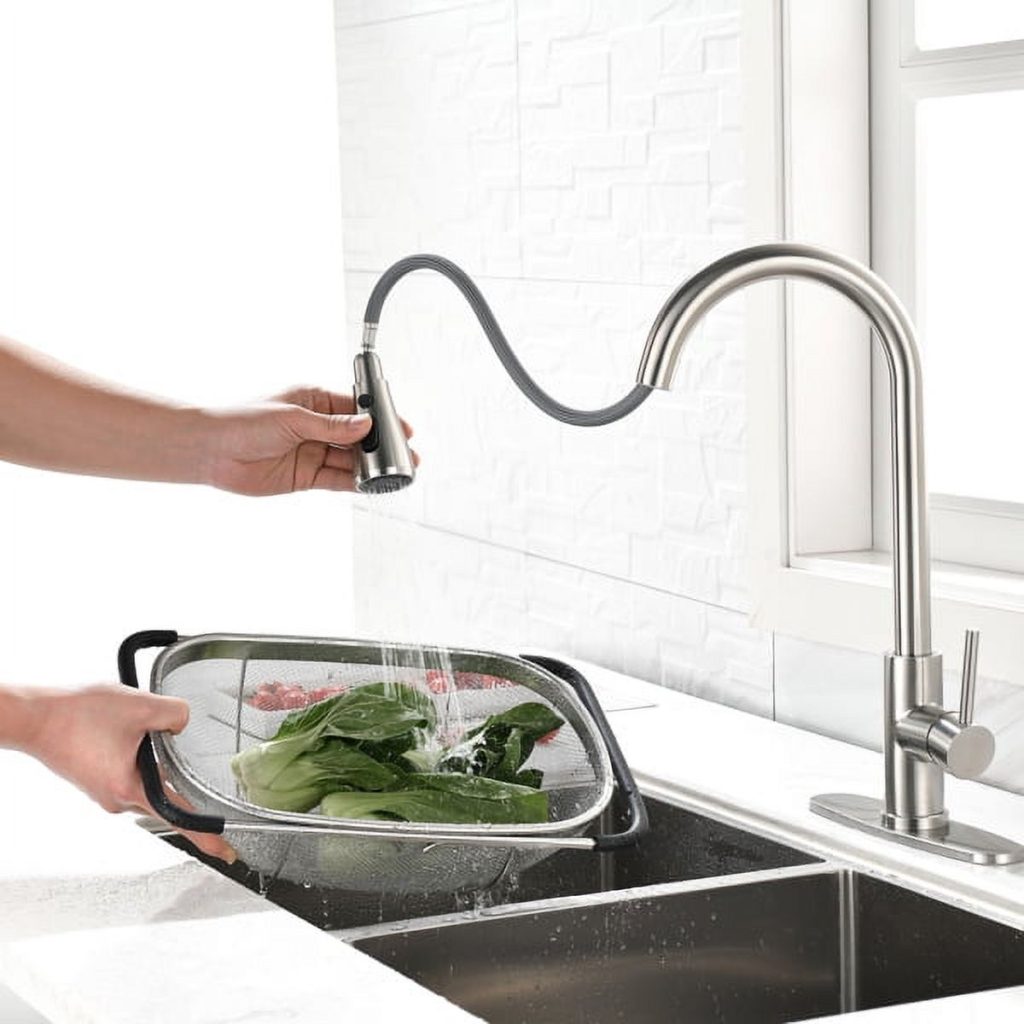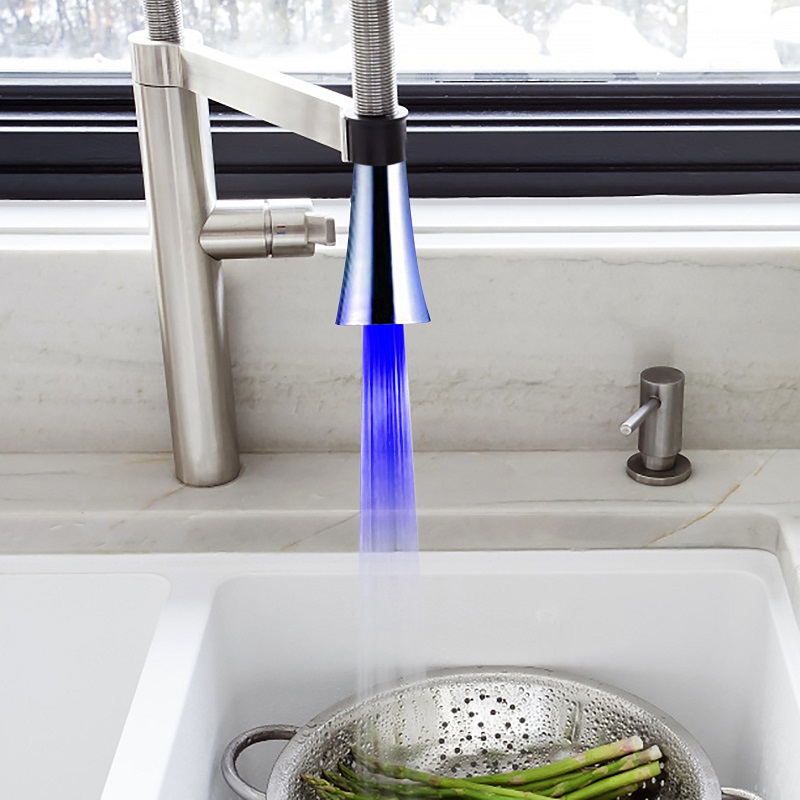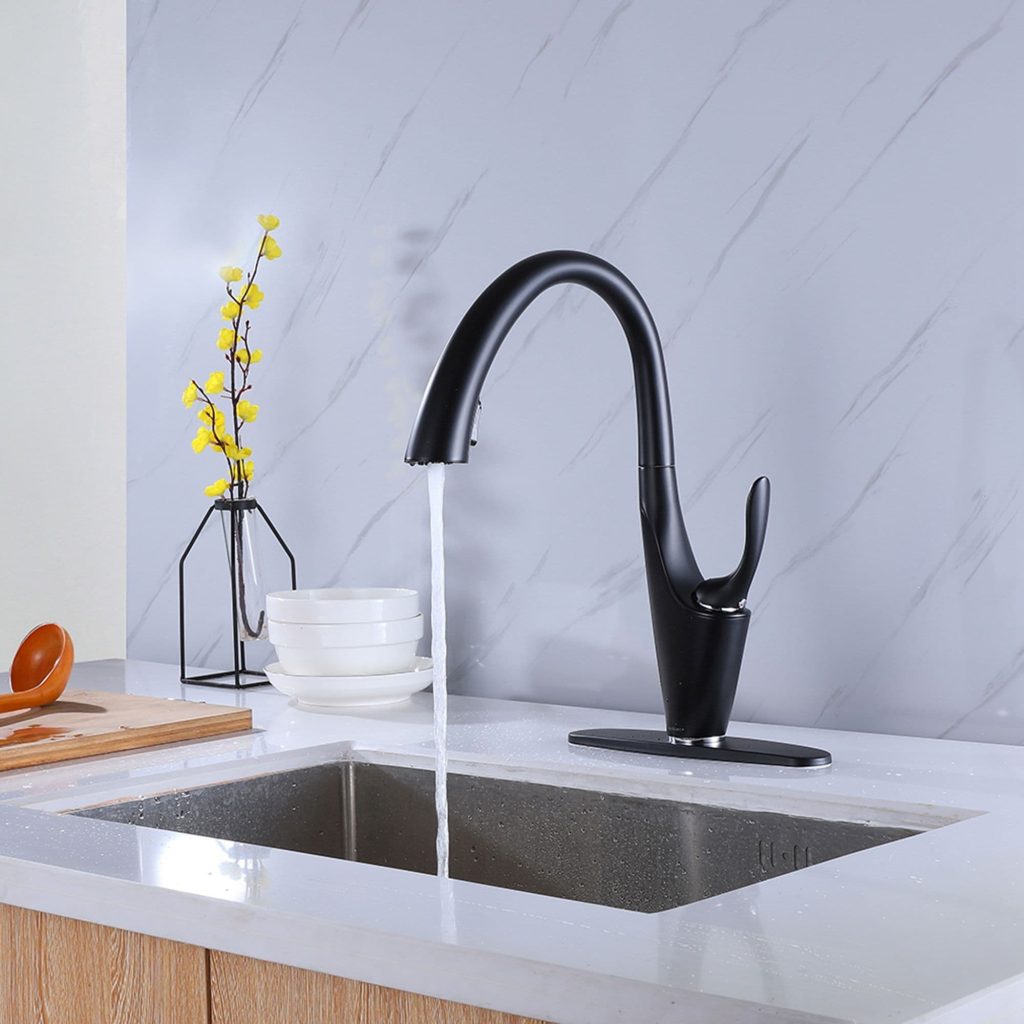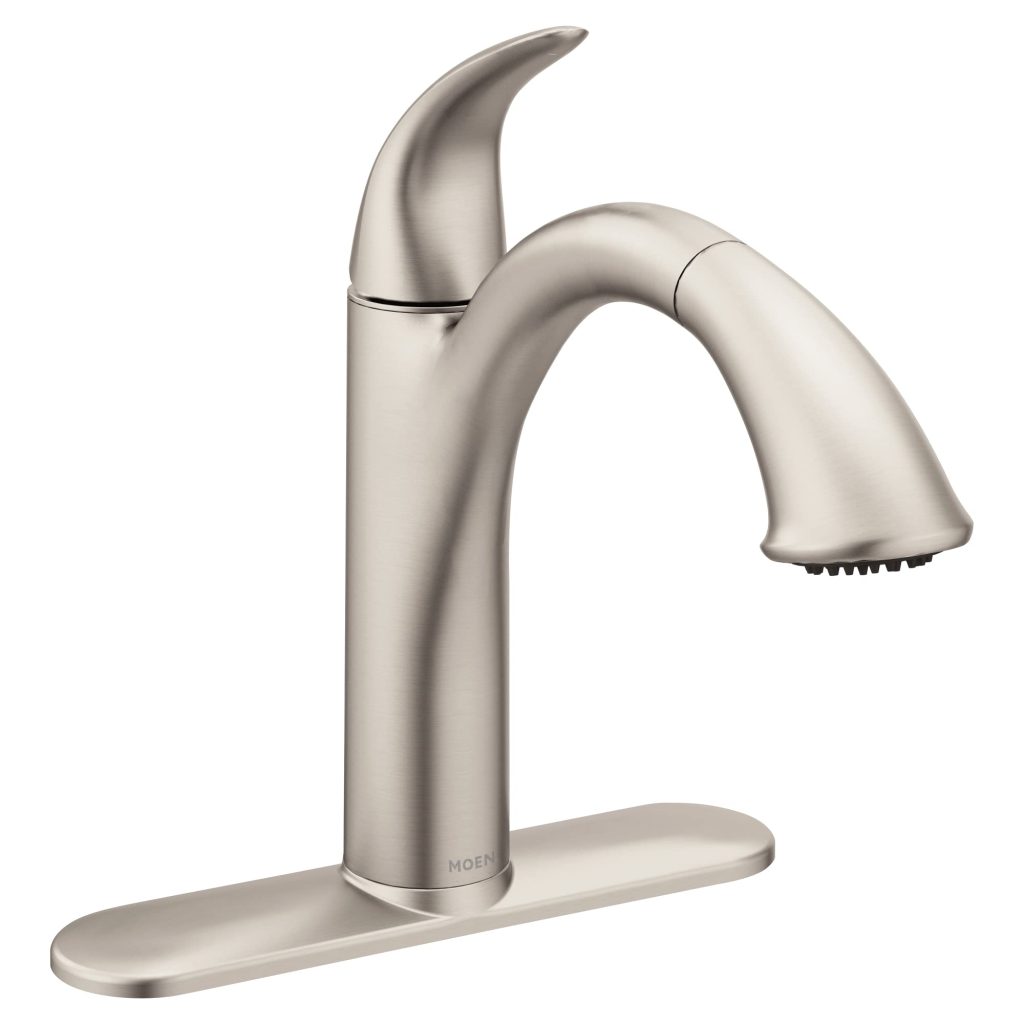The Science Behind Dripping Faucets Preventing Frozen Pipes
Water expands when it dripping faucets freeze, putting pressure on pipes. This pressure can cause pipes to burst. A dripping faucet allows a small, continuous flow of water. This movement can stop water from freezing inside pipes. More importantly, dripping faucets relieve built-up pressure in frozen pipes. Even if some ice forms, pressure doesn’t reach levels high enough to cause a burst. Pressure build-up happens when ice blocks a pipe section. The drip keeps this pressure low by letting trapped water escape.

Assessing the Risk: When to Use the Drip Faucet Method
Not all situations require a dripping faucet. Experts suggest doing it when the temperature drops below 20 degrees Fahrenheit (-6 degrees Celsius). At this point, the risk of pipes freezing increases significantly. Focus on pipes that are in unheated spaces like attics, basements, and garages. These places have similar temperatures to the outside. Also, pipes running along external walls need extra care.
You should consider the condition and location of your pipes when deciding to use the drip method. For pipes that have a history of freezing or have already frozen, dripping faucets can be a crucial preventive step. Start with sink faucets farthest from where water enters the building to protect the whole system.
Keep an eye on weather forecasts. Get ready to drip faucets when a cold snap is on the way. Remember to use this method only when necessary to avoid wasting water. Finally, having the contact information for a trusted plumber readily available is wise. Prompt action can save a lot of trouble if a pipe freezes despite your efforts.
Best Practices for Dripping Faucets Freeze Temperatures
When temperatures fall, knowing how to use dripping faucets can save your pipes. Here’s how to apply this method correctly:
- Identify Vulnerable Pipes: Check pipes in unheated areas and along external walls first.
- Choose the Right Faucet: Drip a faucet farthest from your water source, spanning the system.
- Set the Correct Drip Rate: Keep a constant, slow drip – it shouldn’t be too fast or too slow.
- Use Both Hot and Cold: Turn both hot and cold taps slightly on to protect both lines.
- Monitor the Weather: Start dripping faucets when the forecast shows a dip below 20°F (-6°C).
- Open Cabinet Doors: Allow warmer air to reach pipes under sinks against external walls.
- Insulate Exposed Pipes: Apply foam insulation to exposed pipes for added protection.
- Avoid Wastage: Only drip faucets in critical areas to prevent unnecessary water waste.
These steps, combined with keeping your house’s heat on, will help reduce the risk of frozen pipes. If a deep freeze looms, start dripping faucets early. And remember, it’s always better to be prepared before the cold hits.

Alternative Measures to Protect Pipes from Freezing
Besides dripping faucets, there are other effective ways to protect your dripping faucets freeze. Insulation is key. Wrap exposed pipes with insulating material. This applies especially to those in unheated areas like attics and basements. Use insulating tape or foam for this purpose. Sealing leaks is another vital step. Look for drafts near pipes and seal them. Caulk or insulation foam works well for plugging these gaps.
Install pipe sleeves for extra protection. These offer better insulation over long pipe stretches. Heating cables or heat tape can also be applied to pipes. These cables provide warmth directly and prevent freezing. Note that professional installation is recommended for these devices. Keeping your house warm is also crucial. Maintain the thermostat at 55 degrees Fahrenheit or above, even when not home.
Let warm air circulate freely around the pipes. Open cabinet doors to allow heat to reach under-sink pipes. Keep interior doors open to maintain consistent temperatures throughout your house. Consider relocating exposed pipes if possible. For pipes against cold exterior walls, moving them can provide a long-term solution.
Disconnect and drain outdoor hoses before winter. Shut off outdoor faucets from inside the house if possible. Drain the lines to prevent any remaining water from freezing. Remember, proactive measures are the best defense. Prepare your pipes before the cold weather arrives to prevent them from freezing.
Understanding the Role of Insulation in Preventing Frozen Pipes
Insulating your pipes is a key step in safeguarding them against the freezing cold. It acts like a warm coat, wrapping around the pipes to keep them warm enough to prevent water from freezing inside. Not only does it help maintain a higher temperature within the pipes, but it also reduces the likelihood of ice forming and causing blockages.

Here are some insulation methods that effectively combat freezing:
- Use Foam Pipe Insulation: This is a simple, cost-effective solution. Foam sleeves easily fit around pipes, offering immediate insulation.
- Apply Insulating Tape: For areas that are hard to reach, insulating tape can provide coverage. It sticks directly to the pipe, adding a protective layer.
- Install Pipe Sleeves: These offer thorough insulation, especially in unheated spaces such as attics or basements. They come in various materials and sizes.
- Consider Heating Cables: For extreme cold, heating cables can be attached to pipes. They need professional installation but offer direct warmth to prevent freezing.
To maximize insulation effectiveness:
- Seal all Drafts: Check around pipes for any air leaks. Seal them with caulk or spray foam to keep the cold air out.
- Keep Consistent Home Temperature: Aim to have your home’s thermostat set no lower than 55 degrees Fahrenheit, even when you’re away.
- Open Interior Doors: Ensure heat circulates throughout the home. This helps maintain an even temperature around the pipes.
- Insulate the Entire Area: Sometimes, it’s not just the pipes that need insulation. Insulating the walls and floors of spaces like garages and basements can also help.
Remember, insulation is not just a preventative measure for the cold seasons. It can improve your energy efficiency and lower heating costs year-round. By keeping your pipes insulated, you’re investing in long-term protection and savings. Start with the most exposed pipes, and gradually work towards reinforcing your entire plumbing system against the cold.
Emergency Measures: What to Do If Your Dripping faucets freeze
When the dreaded happens, and you discover frozen pipes, quick action is critical. Here are steps to take:
- Detect the Frozen Section: Feel the pipes for cold spots or look for frost. This can signal where the ice has formed inside the pipe.
- Open Faucets Slightly: Once you spot the frozen section, open the faucet connected to it. This allows for water to flow and helps melt the ice upon thawing.
- Apply Gentle Heat: Use a hair dryer, heat lamp, or electric heating pad wrapped around the pipe. Never use open flames as they pose a fire risk.
- Increase Room Temperature: If pipes are frozen in a specific room, raise the thermostat or use a space heater. Keep the door to the room open to spread heat.
- Keep Faucets Open: Even after applying heat, keep the tub faucets open to allow water to flow. This helps relieve pressure and reduces bursting risk.
- Call a Professional: If you cannot locate the frozen pipe or your measures aren’t working, call a plumber immediately.
Remember, prevention is key. Insulate pipes, use faucet drips wisely, and keep your house warm to avoid frozen pipes.

The Debate: Different Views on the Drip Faucet Technique
Expert opinions on the effectiveness of dripping faucets vary. Some plumbers swear by the method, while others question its utility. The primary disagreement centers around the impact of a dripping faucet during freezing conditions.
Advocates for the technique highlight its role in pressure relief within pipes. They argue that a constant drip keeps water moving. This movement reduces pressure buildup from any formed ice. They also suggest that even if water freezes, the ongoing trickle will prevent pressure spikes that cause bursts.
Conversely, critics raise concerns about water wastage. They also point out that in extreme cold, even moving water can freeze. Municipalities worry about the strain on water systems too. Drips across a city could lead to lower water pressures. In turn, this may affect essential services like firefighting.
Experts from insurance companies and plumbing associations sometimes share their insights. They provide data on the costs of burst pipes. They also offer tips on using the dripping method efficiently. Homeowners weigh these differing views. They make decisions based on their situations and the advice of trusted professionals.
Cost and Consequences: The Impact of Frozen Pipes on Homeowners
The costs associated with frozen pipes can be steep for homeowners. Insurance claims for damages often range in the thousands. The Insurance Information Institute reports that the average homeowner’s claim exceeds $10,000. For businesses, this number can soar, averaging around $27,000. Occasionally, damages can even reach into the millions.
When pipes freeze and burst, the immediate need for repairs isn’t the only concern. Water damage can affect walls, flooring, and personal belongings. The aftermath might lead to secondary problems, like mold growth, which poses health risks and additional costs.

In summary
Frozen pipes have serious financial impacts on property owners. While insurance may cover water damage, it typically does not cover pipe repair costs. Adopting preventive strategies can help avoid the high cost and distress associated with frozen and burst pipes.
